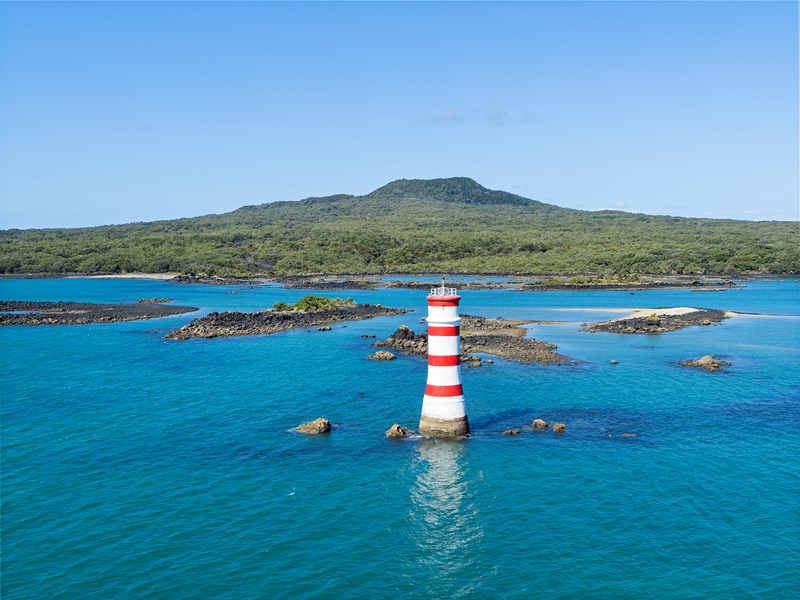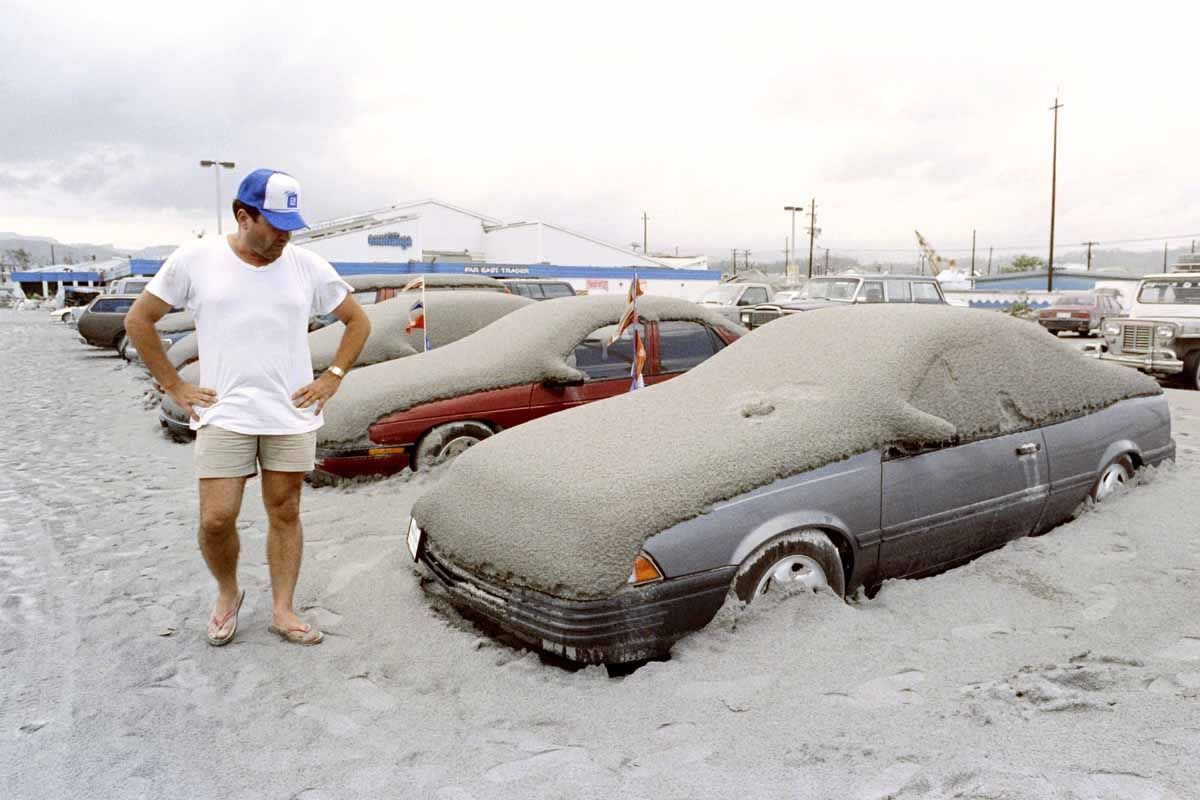Auckland Volcanic Field
Extreme Earth Events - 12ESS
Finn Le Sueur
2024
Ngā Whāinga Ako
- Identify the main volcanoes in the Auckland Volcanic Field
- Describe how each of these volcanoes form
- Identify the key features of each volcano type
Write the date and ngā whāinga ako in your book
Auckland Volcanic Field
/cloudfront-ap-southeast-2.images.arcpublishing.com/nzme/VAA6YZ4KGAA4UMAQKSD66TPYH4.jpg)
- The Auckland Volcanic Field is made up of over 50 separate volcanoes scattered across New Zealand’s largest city. It is an area of about 360 km2
- During the 250,000 years, Auckland’s volcanoes have totally changed the landscape. Volcanoes in Auckland include small cones less than 150 m in height and explosion craters.
- The AVF is made up of around 53 hotspot volcanoes of various sizes and ages.
- Remember hotspot volcanoes are made up of basaltic lava. They usually only usually erupt once.
- The type of volcanic activity in Auckland means each eruption has occurred at a new location; these are coming from a single active ‘hot spot’ of magma about 100 km below the city. Many of the volcanoes today have been quarried or become public parks.
- Auckland’s existing volcanoes are unlikely to become active again, but the Auckland Volcanic Field itself is young and still active. Any new explosions would occur from entirely new vents
Rangitoto
- The most recent eruption occurred around 600 years ago at Rangitoto
- Of all Auckland’s eruptions, Rangitoto was the only one witnessed by people.
- The eruption would have been extremely violent, as the lava came into contact with sea water.
- Rangitoto alone produced a volume of lava equal to that erupted by the rest of the volcanoes in the volcanic field.

Risks of the AVF
- Auckland is vulnerable to ash fall from other North Island volcanoes. As Auckland provides over 1/3 of the nation’s gross domestic product, is a major transport and economic hub, and is home to over 1.6 million people, a volcanic eruption would place the nation’s economy and the city’s infrastructure and population at risk.
- DEVORA project (Determining Volcanic Risk in Auckland) is working on a 7 year project around the risks of the AVF

Task/Ngohe
- Collect your workbook from the cupboard
- Find the section on Auckland
- Complete the reading and questions